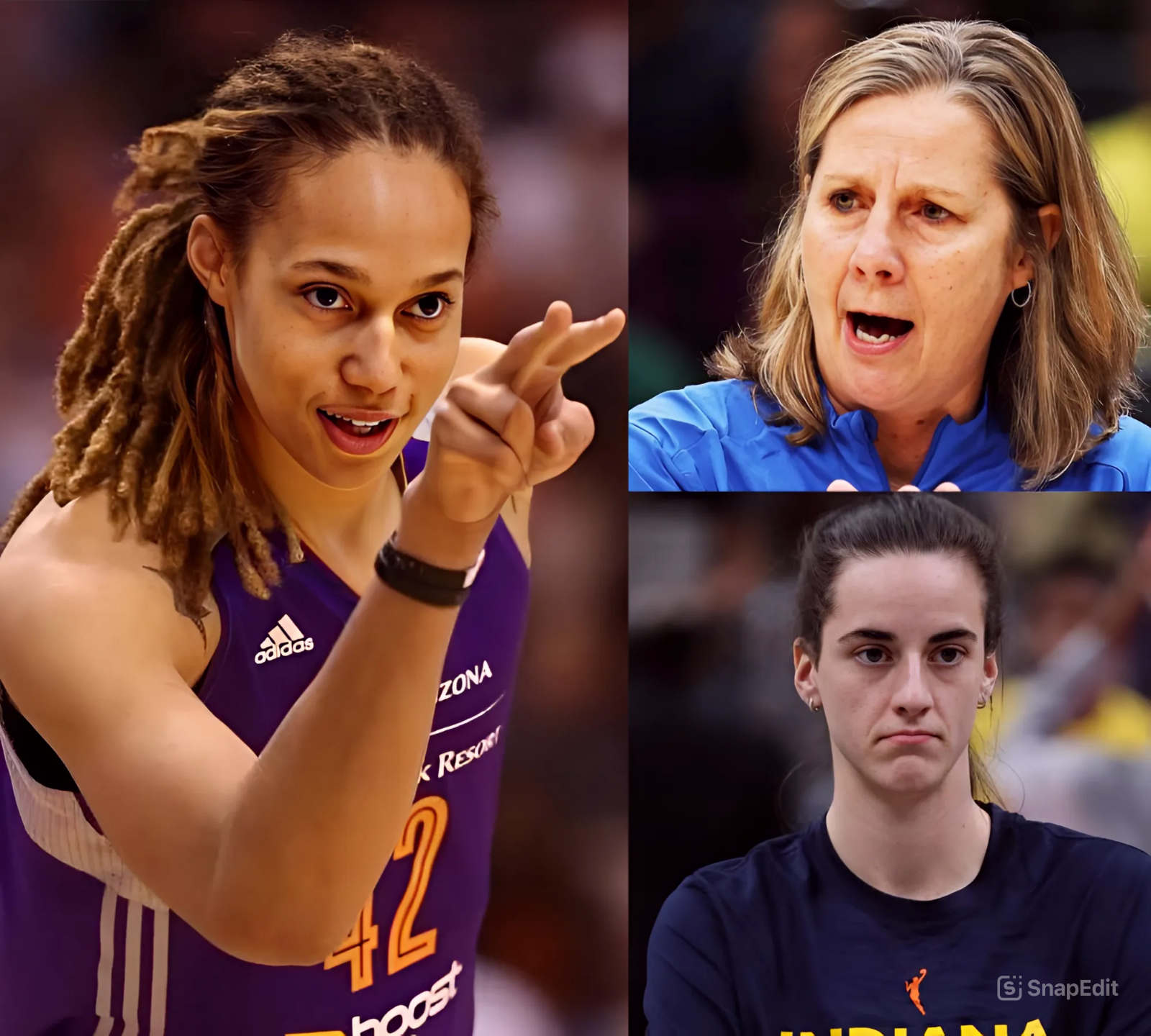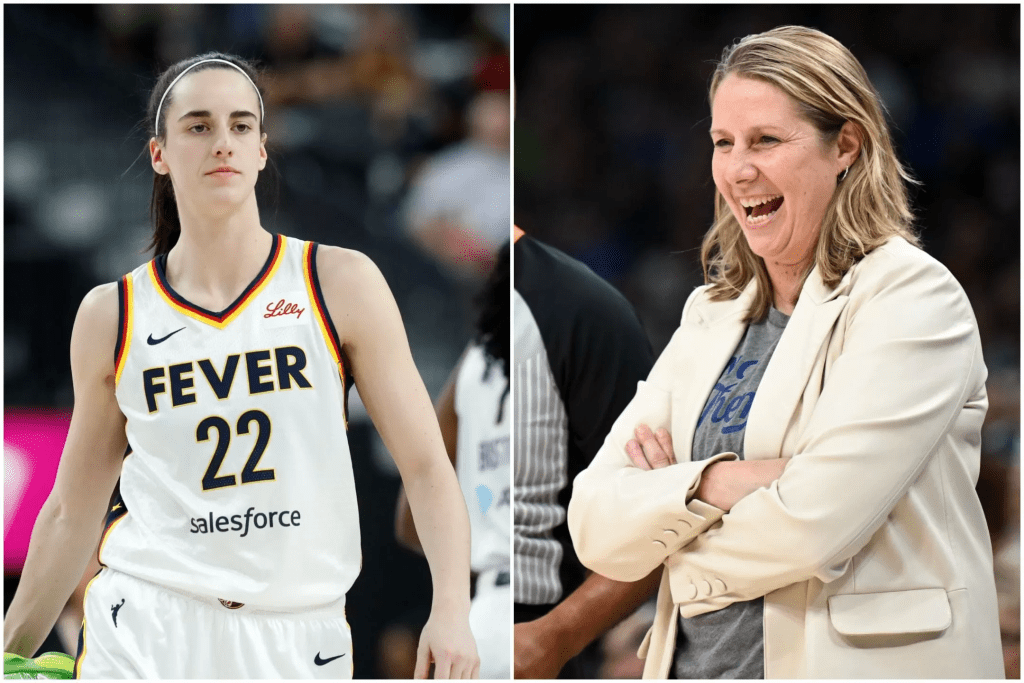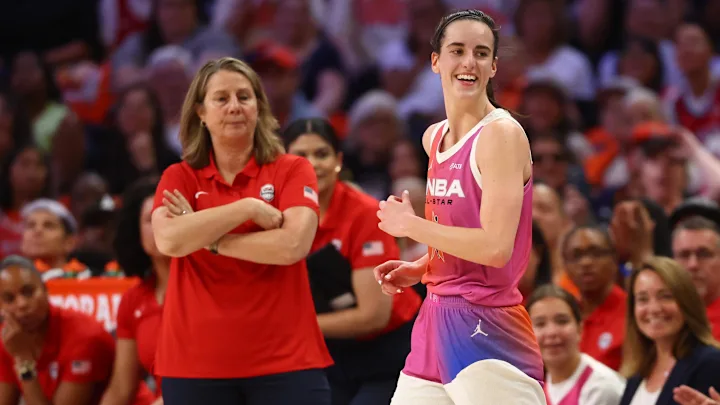
For years, the U.S. national team has stood as the dominant force in women’s basketball, with players like Griner and Taurasi leading the way. Their contributions have been invaluable, helping secure multiple Olympic gold medals and World Cup titles. However, the introduction of Caitlin Clark, a young rising star who has captivated audiences with her record-breaking college performances and immense popularity, seems to have unsettled the status quo. While many viewed Clark’s inclusion as a natural progression in the team’s evolution, it appears that not all veterans are welcoming this transition with open arms.

Griner, who has had an emotional return to professional basketball following her detainment in Russia, has been a strong presence in the league, both on and off the court. Her resilience and skill have made her one of the most respected figures in women’s basketball. Taurasi, on the other hand, is regarded as one of the greatest shooters in the history of the sport, a player whose leadership and experience have helped define the U.S. team’s success for over two decades. Given their stature in the game, their decision to publicly challenge Clark’s inclusion is a significant and controversial moment.
The primary concern among fans and analysts is what this dispute says about the internal dynamics of the U.S. national team. The integration of younger players into established squads is a natural part of any sport, yet the apparent resistance from Griner and Taurasi suggests deeper tensions at play. Is this simply a matter of competitiveness, with veteran players unwilling to cede their positions to a rising star? Or is it indicative of a broader generational divide, where the established order feels threatened by the rapid ascent of a media-savvy, high-profile newcomer?
Clark’s arrival in the WNBA has been nothing short of a phenomenon. Her performances at the collegiate level shattered records and brought unprecedented attention to women’s basketball. With her elite shooting, court vision, and undeniable charisma, she has already become one of the most marketable athletes in the sport. Her presence has driven ticket sales, increased television ratings, and expanded the league’s audience. Yet, with that level of attention also comes scrutiny, and it seems that her rapid rise has created friction among some of the league’s more established players.
One of the underlying issues may be the stark contrast between Clark’s meteoric rise and the years of grinding that players like Griner and Taurasi have endured to build the WNBA’s foundation. For decades, women’s basketball struggled for mainstream recognition, with players having to fight for better salaries, improved facilities, and increased visibility. The recent surge in popularity, largely attributed to Clark’s arrival, may feel to some veterans like a slight against their years of effort. While Clark herself has never claimed sole credit for the league’s growth, the media’s obsession with her has undoubtedly altered the landscape, creating a situation where some players feel overshadowed.

The question now is how U.S. national team coach Cheryl Reeve will handle this brewing controversy. Reeve, a highly respected figure in the basketball community, has built a reputation as a strong leader capable of managing egos and uniting teams. However, this situation presents a unique challenge. On one hand, Griner and Taurasi have been pillars of the national team, leaders who have delivered time and again on the international stage. Their presence brings stability, experience, and a championship mentality that has been critical to the team’s continued success. On the other hand, Clark represents the future—a young, dynamic talent who could carry the team for years to come. Excluding her to appease veteran players would send the wrong message about merit and progress, potentially stalling the natural evolution of the team.
The timing of this controversy is particularly problematic, as the U.S. team is preparing for crucial international competitions. Any disruption in team chemistry could have serious consequences on the court. The U.S. women’s basketball team has long been the standard-bearer in international play, but internal divisions could create vulnerabilities that their competitors will be eager to exploit. Maintaining unity will be essential if they are to continue their dominance.
For Clark, this situation is likely to be a test of her resilience. While she has already dealt with intense media scrutiny and pressure, facing pushback from within her own national team adds a new layer of complexity to her young career. How she navigates this challenge—whether by addressing the controversy head-on, proving herself through her play, or quietly allowing the situation to resolve itself—will likely shape perceptions of her as both a player and a teammate.
Meanwhile, for Griner and Taurasi, their legacy within the U.S. team remains secure, but this episode raises questions about the role of veteran leadership in shaping team culture. Should experienced players dictate roster decisions, or should they embrace the responsibility of mentoring and guiding the next generation? The answer to this question will not only impact the U.S. team in the short term but could also influence how future transitions are handled in women’s basketball.
As of now, Reeve has yet to make an official statement regarding the situation, but the pressure is mounting. Fans, media, and the basketball community at large are eager for clarity. Is this just a negotiating tactic by Griner and Taurasi to assert their influence, or is it the sign of deeper fractures within the team? Will the U.S. team prioritize maintaining harmony among its veterans, or will it push forward with a vision that includes Clark as a centerpiece of the program’s future?
Regardless of how this situation unfolds, one thing is clear: it has ignited an intense debate about the balance between experience and youth, respect and recognition, and the future of women’s basketball. The coming weeks will be critical in determining whether the U.S. team can find a way to move forward together or if this controversy will leave lasting scars. For now, the world watches and waits, as the biggest story in women’s basketball continues to unfold.


